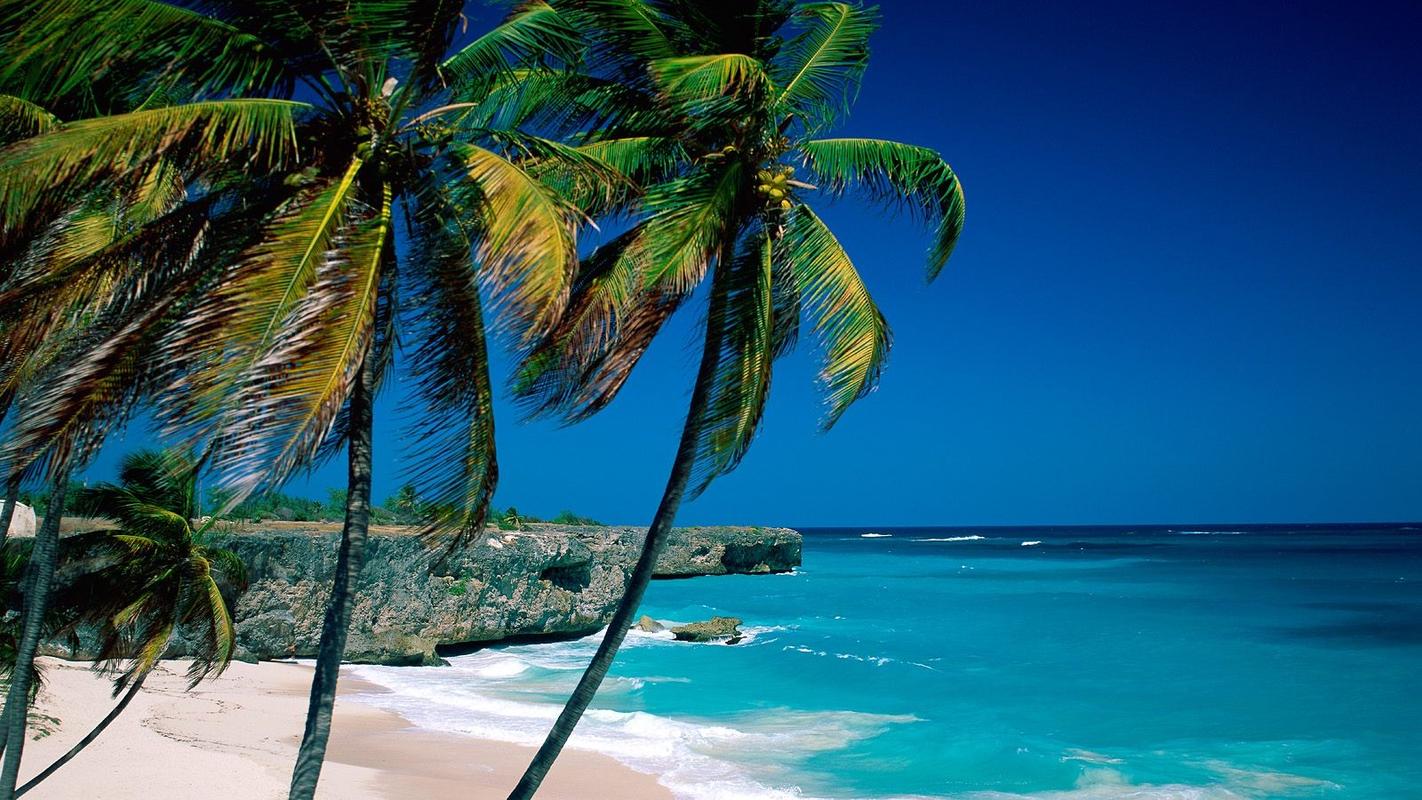The Majestic Cobra Snake: Interesting Facts and Information
Introduction
The cobra snake is one of the most fascinating creatures in the world. It’s been the subject of numerous movies, books, and myths because of its deadly venom and hypnotizing appeal. But, despite its dangerous reputation, there’s still a lot to learn about these serpents. In this article, we’ll delve into the fascinating world of the cobra snake, exploring its habitat, behavior, and physiology.
The Physical Description of a Cobra Snake
The cobra snake’s most identifiable feature is its hood, which it raises when threatened. They generally range from black to brown and are around six feet in length. However, the King Cobra snake can grow up to 18 feet long and is the longest venomous snake species on the planet. The cobra snake has a distinct pattern on its head, which is used to identify different species of this snake.
The Habitat of a Cobra Snake
Cobra snakes prefer living in warmer climates in areas such as Africa, southern Asia, and the Indonesian archipelago. Typically, cobra snakes prefer to make their homes in dense forests, grasslands, swamps, and even near human settlements. These snakes are also drawn to areas with a high population of rodents, which are their primary source of food.
The Behavior of a Cobra Snake
Cobra snakes are solitary creatures that only come together for mating purposes. When it’s time to mate, they will often travel miles to find a partner. Cobra snakes are also nocturnal and prefer to hunt at night. They use their sense of smell to track their prey, and when they get close enough, they will bite with their venomous fangs. The venom causes paralysis to their prey, making it easier to consume.
The Types of Cobra Snakes
There are many different species of Cobra snakes, and they all have their own unique features. Some of the most recognizable are the King Cobra, the Indian Cobra, and the Egyptian Cobra. The King Cobra, as mentioned earlier, is the largest venomous snake species on the planet. The Indian Cobra is one of the most venomous and is responsible for the most snakebite incidents in India. The Egyptian Cobra is known for its elongated head, which gives it a unique appearance.
The Predators and Prey of a Cobra Snake
Cobra snakes are near the top of the food chain and have very few natural predators. However, some animals have evolved to be able to eat these dangerous snakes. One of the most common predators of the Cobra snake is the mongoose. They have developed a resistance to the cobra’s venom, which allows them to hunt and kill them without being harmed. Cobra snakes eat a variety of prey, but their primary source is rodents, such as rats, mice, and other small mammals.
Conclusion
In conclusion, the Cobra snake is one of the most fascinating creatures on the planet. From its deadly venom to its hypnotizing hood, it’s no wonder this snake has been the subject of so much attention. We’ve explored its habitat, behavior, and physiology, as well as its predators and prey. Understanding the world of the Cobra snake helps us appreciate the intricate web of nature that surrounds us.
(Note: Do you have knowledge or insights to share? Unlock new opportunities and expand your reach by joining our authors team. Click Registration to join us and share your expertise with our readers.)
Speech tips:
Please note that any statements involving politics will not be approved.
